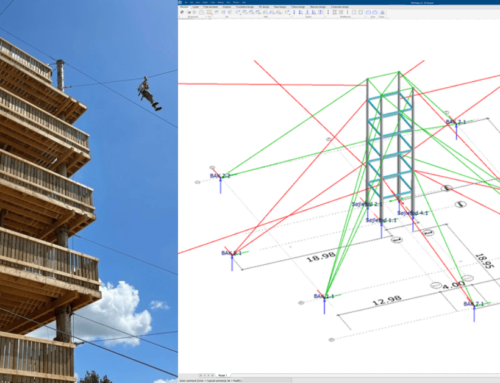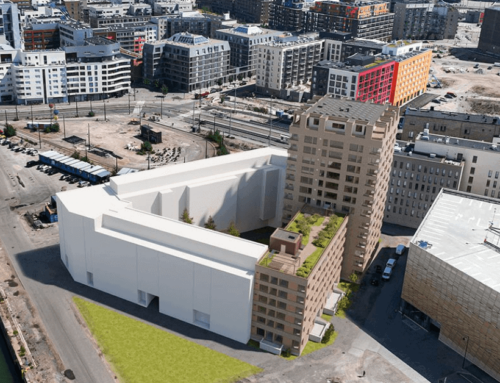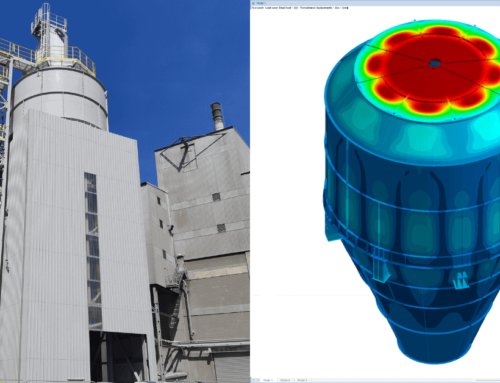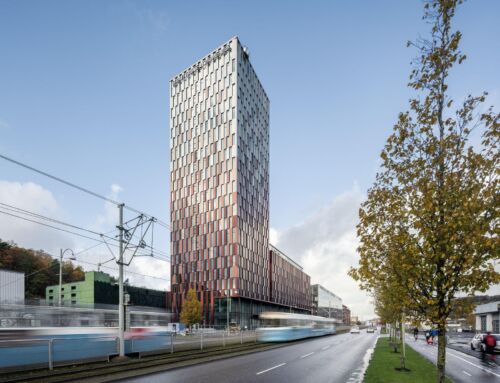Waterman Group chooses FEM-Design structural analysis software from StruSoft to design the concrete elements of Kings Court, a prestigious new Covent Garden development.
The reinforced concrete structure is part of an ambitious developer with a mix of new and refurbished buildings to regenerate the lesser-used parts of the area, establishing new high-quality residential, retail and restaurant space in Central London.
The London-based Waterman Group were appointed as the structural engineer for Kings Court and used StruSoft FEM-Design to design the concrete elements of the project according to Eurocode 2. According to Massimo D’Ignazio, Structural Design Engineer at Waterman Group:
“Traditional British Standard codes of practice are now becoming obsolete, so we are trying to promote the use of Eurocode on all of our new projects. That is why we needed a structural design package we could rely on, such as StruSoft’s FEM-Design concrete package.”
He explained further how the design of concrete elements is very simple and clear with FEM-Design:
“We have learned to appreciate how easy it is to check the results in detail assisted by colour maps, 3D graphs, contour lines, colour palettes and so on.”
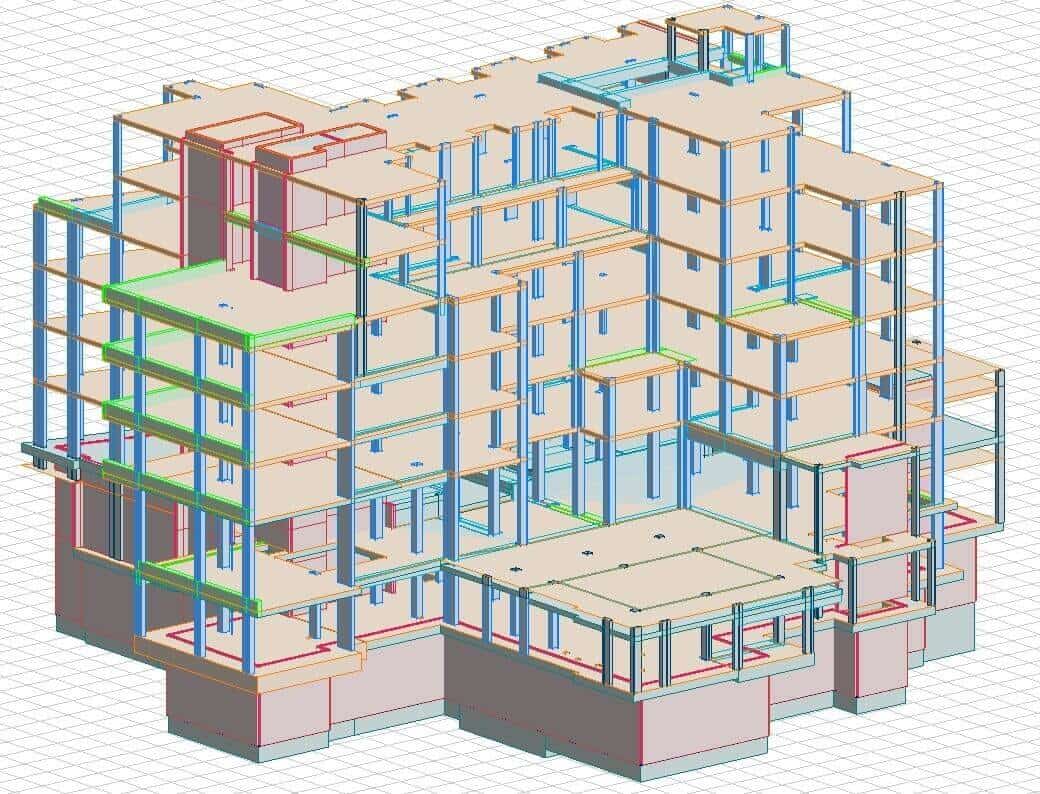
For Kings Court, FEM-Design was used to analyse the overall structural behaviour of the buildings and to design all the concrete elements – such as columns, beams, walls, and slabs.
“Due to a large number of load combinations required by Eurocode, FEM-Design has been very useful to analyse the structure with only selected load combinations considered in each analysis run.”
FEM-Design allows users to utilize combinations of all three of the above methods of analysis, enabling them to consider 2nd order effects – occasions where a simple analysis is not considered sufficient to analyse secondary forces dependent upon initial results. Especially with analysis of large moments where the stiffness is largely reduced by cracking.
A striking example of this is demonstrated with Kings Court, where uplift, due to ‘ground heave’ is prevalent. FEM-Design was used to evaluate the important phenomenon caused by the expansion of London clay, upon which Covent Garden is built, under certain conditions.
“With FEM-Design, it has been possible to consider this behaviour because the software has a powerful non-linear calculation method and allows the user to set free rotation components”
Structural models used for FEM-Design calculations can easily be created in 3D, due to the CAD user interface of the program of imported directly from other BIM Software applications – Autodesk Revit Structure and Tekla Structures. StruSoft has developed a free StruXML Revit Add-In that makes the direct data transfer possible. The program is also OpenBIM compliant through the IFC file format.

